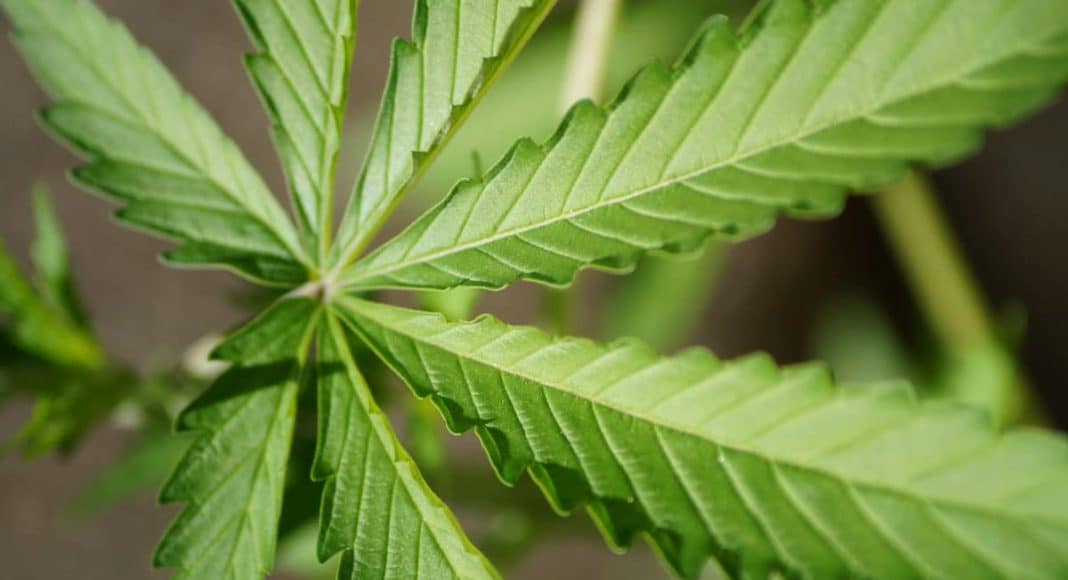Legal marijuana is becoming big business—with this maturation of the marketplace, business analysts are attempting to understand consumer demographics and purchasing habits. Bottom line: the entire cannabis industry—with all of its ancillary products and start-up companies—is totally dependent upon the successful cultivation and subsequent sale of marijuana. As such, sales drive revenues, these revenues, in turn, keep businesses operating. Consequently, it is essential for cannabis industry entrepreneurs to understand exactly where revenues are being generated so they can position their business accordingly.
The Fresh Toast partners with Headset, a Washington State cannabis analytics firm, to gain some insight into the purchasing habits of the modern cannabis consumer. Headset provided a detailed report discussing point of sale purchases at cannabis dispensaries for various marijuana products across Washington State throughout 2016-17.
While Headset’s findings are accurate with their sample population, there numbers can still be somewhat askew do to a lack of information on black market consumption. Also, consumption patterns in states without recreational and medical marijuana programs are probably much different than those presented here—due mostly to the fact that cannabis users in these locales have far less purchasing options than those in legal arenas of the industry.
Age Demographics
In their market research concerning age demographics, Headset divided the cannabis consumer base into three categories: millennials, Generation X, and baby boomers. Millennials currently consume more cannabis than any other generation, as they account for approximately 50 percent of all dispensary sales in Washington State the last two years. Following behind the millennials is Generation X with approximately 35 percent of sales and finally baby boomers with around 15 percent of sales. There are a variety of influences on these results, namely that young people are still more likely to smoke marijuana than older generations. Moreover, millennials are probably far more accustomed to purchasing sheik, branded cannabis products at a dispensary—while older generations could very well continue to procure marijuana from alternative sources.
Purchasing Habits
Headset also provided some valuable insight into the purchasing habits of the aforementioned demographics, adding the “silent generation” (ages 76+) to their findings. For every age demographic featured in the study, flowers far outsold all other cannabis products, holding at least 58 percent of the market share across the board. Looking more in-depth at flower sales, hybrid strains easily outsold pure Sativa, Indica, or CBD strains with a minimum of 46 percent of the market share in all generations. However, these number could reflect necessity, not choice, as flower selections at cannabis dispensaries are almost always dominated by hybrids.
Perhaps the most interesting findings of the Headset report have to do with a comparison between the purchasing habits of age demographics concerning other cannabis products. For example, millennials purchased almost twice the amount of concentrates as any other generation. This finding is probably a reflection of young people’s tendency to be swayed by trends—in this case “dabbing.” Looking at baby boomers and the silent generation, these older consumers purchased far more cannabis-infused topical products than their younger counterparts. For these elder marijuana users, it is evident that medical application—as opposed to recreational use—is the primary priority in their consumption habits.
Kent Gruetzmacher M.F.A. is a Colorado based freelance writer and the Director of Business Development at Mac & Fulton Talent Partners (www.mandfconsultants.com), a recruiting firm dedicated to the indoor gardening and cannabis space. He is interested in utilizing his M.A. in the Humanities to critically explore the many cultural and business facets of this youthful, emergent industry by way of his entrepreneurial projects.


